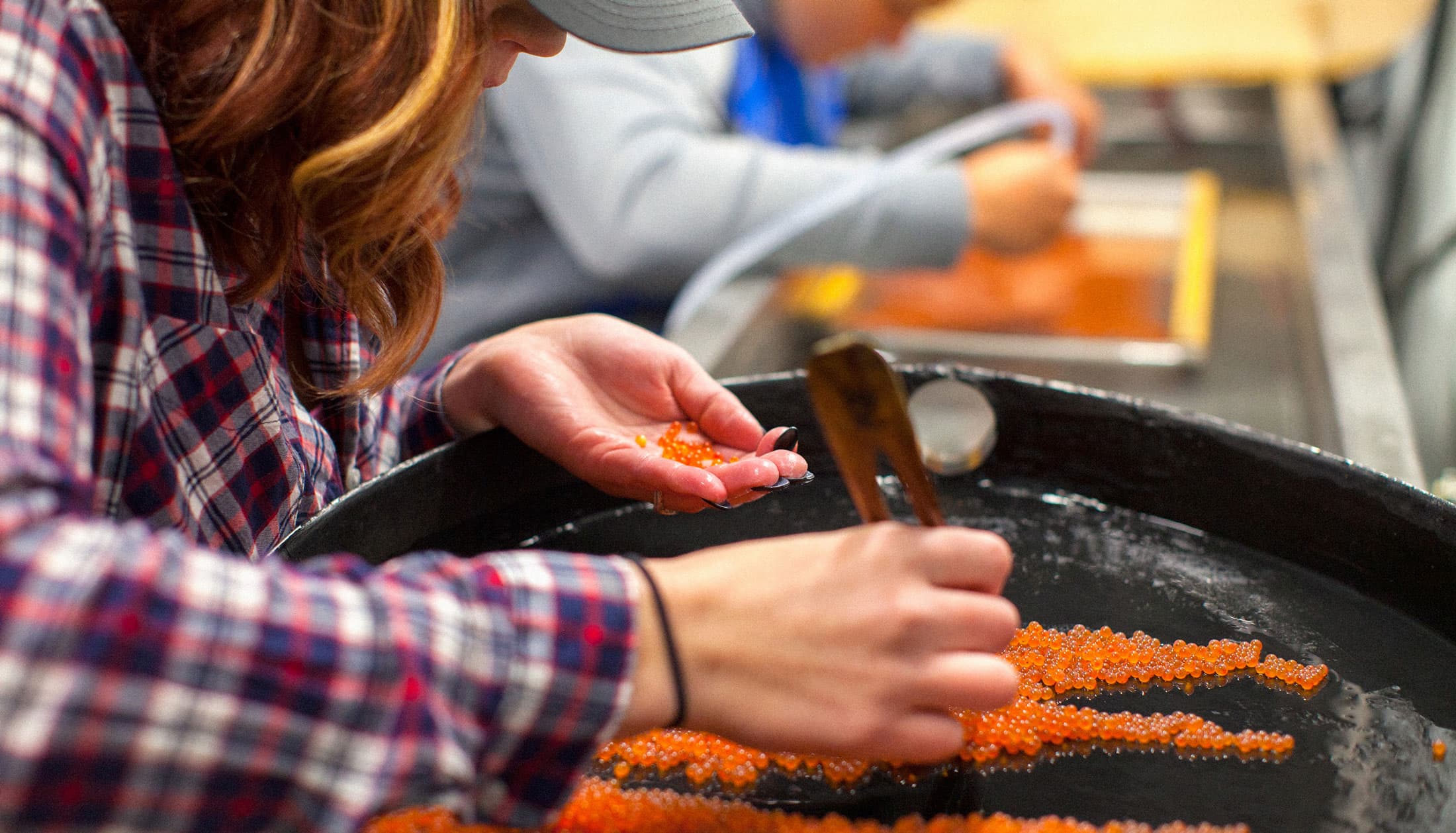Breeding for Vigor
Modern agriculture would not exist without artificial selection, but it’s time for breeders to reconsider Mother Nature’s approach to shaping the next generation of livestock. Natural selection favors those traits that increase the likelihood of survival in the wild, whereas artificial selection favors traits that are identified as valuable by the breeder. We think there’s value in both.

Genetic legacies and biological fitness
Offspring resemble their parents because of their genetic similarity. The DNA we inherit from mom and dad gives rise to specific traits that make us…well, us. Most of these traits—like green eyes or curly hair—have no effect on health or lifespan, but some do.
Diseases like sickle cell anemia, some types of breast cancer, and others are the result of genetic abnormalities inherited from one or both parents. Traits that are linked to long life and good health are more likely to be passed on from generation to generation because they increase the odds of living long enough to have healthy offspring.
Traits that are advantageous tend to be passed on, while those that are disadvantageous usually aren’t. In nature, this is called survival of the fittest or natural selection, and the pressures of life in the wild decide which attributes make an organism biologically fit or suited to life.
In agriculture, it’s called selective breeding or artificial selection, and breeders establish broodstocks based on the traits that they find the most desirable.
How has traditional livestock breeding missed the mark?
Breeders might intentionally select for a single trait—like fast growth or large size—but they are also unintentionally selecting for other attributes that may not be so desirable.
Turkey breeders successfully selected Broad-breasted White Turkeys for greater breast meat yields but inadvertently created a bird that is incapable of breeding and prone to health problems. Generations of selecting for egg yield in laying hens have dramatically increased the incidence of osteoporosis and brittle bones in many breeds.
Selection for large size and heavy muscling in Belgian Blue cattle has made natural birth impossible for the breed, meaning every calf must be delivered by cesarean section. Each of these breeding programs was successful in promoting the desired traits, but at what cost?
By selecting for just a few traits that are relevant to production efficiency, artificial selection can rapidly change the nature of an animal breed in just a few generations. Natural selection takes longer but allows for course corrections and balancing of many traits that influence biological fitness.
How is breeding for vigor different?
Animals that are vigorous—fit, robust, hardy, strong, and healthy—are suited to life in the broadest sense. Vigor is what drives natural selection, advancing the various attributes that make an animal likely to thrive under any circumstances.
Traditional selective breeding has sought to purge the influence of natural selection in order to emphasize a few economically advantageous traits. Single-trait selection is no longer a viable approach to livestock breeding—growth rate and yield aren’t the only metrics that matter in modern agriculture.
At Riverence, we don’t breed for traits du jour, we breed for vigor. We approach breeding holistically, with the fish’s ability to succeed in a changing environment in mind.
How does Riverence breed for vigor?
We target vigor in two ways: by identifying and selecting for broad-based measures of fitness and by putting our genetics on the landscape and seeing which families rise to the top.
The first way is essentially the same as traditional selective breeding, except that the attributes we select are less narrowly focused. For instance, instead of selecting for fish that are resistant to one particular disease, we select for fish that have a stronger immune system altogether.
The second way is like controlled natural selection, where real-world conditions help us to identify and select for the traits that contribute to vigor. By integrating both strategies, we can harness the power of artificial selection, but let Mother Nature guide our breeding decisions.
Why is the concept of vigor so important now?
The environment is changing, and so are rearing practices in aquaculture. Specific traits that influence efficiency and profitability vary among operations and over time. That said, some attributes are intrinsically valuable.
Vigorous animals that are equipped to thrive perform more efficiently and have fewer welfare concerns. They grow well but don’t sacrifice health and vitality for a little added weight gain.
The farmed fish of the future is biologically suited to life—robust, adapted, and healthy. Our vision is to retain the fitness of wild fish while shaping the attributes of trout and salmon to meet the demands of modern aquaculture.